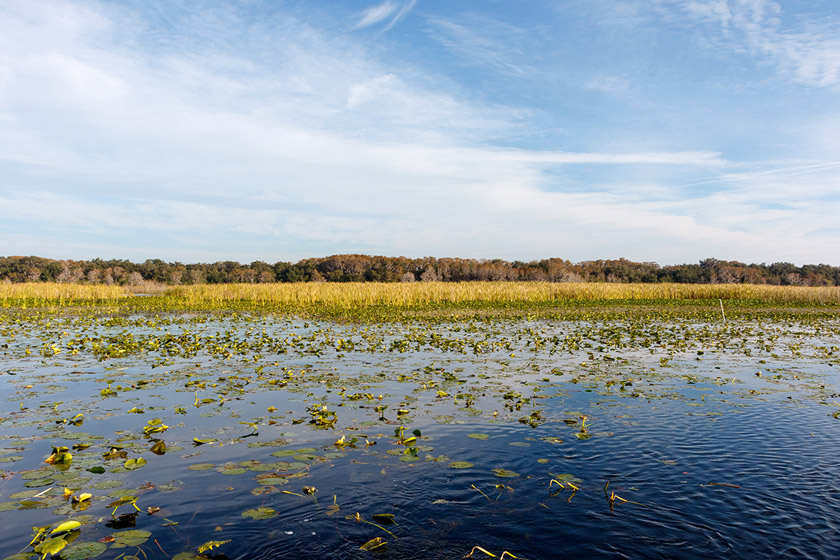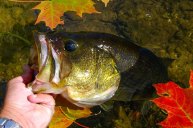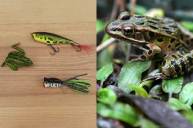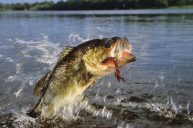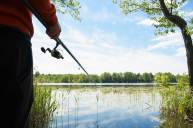Some might call it icing on the cake; although licking a finger full of this foamy, yellowish-green substance coating fall grass mats is ill-advised. However, if you're seeking aggressive largemouth bass action, then "cheese" mats are the place to be.
By late summer and into the fall, expansive grass mats develop a thick, slimy coating that anglers call "cheese." It's actually part of a seasonal vegetation cycle that finds the decomposing organic matter settling atop matted grass beds; but by any description, this goopy gathering plays a key role in the fall bite.
This thick coating attracts millions of aquatic insects; some that scurry across the top of the cheese, others that meander at the water's surface. All will attract bluegill and if there's one reliable truth in fishing it's this: Cover plus food equals bass. It's really that simple.
The Attraction
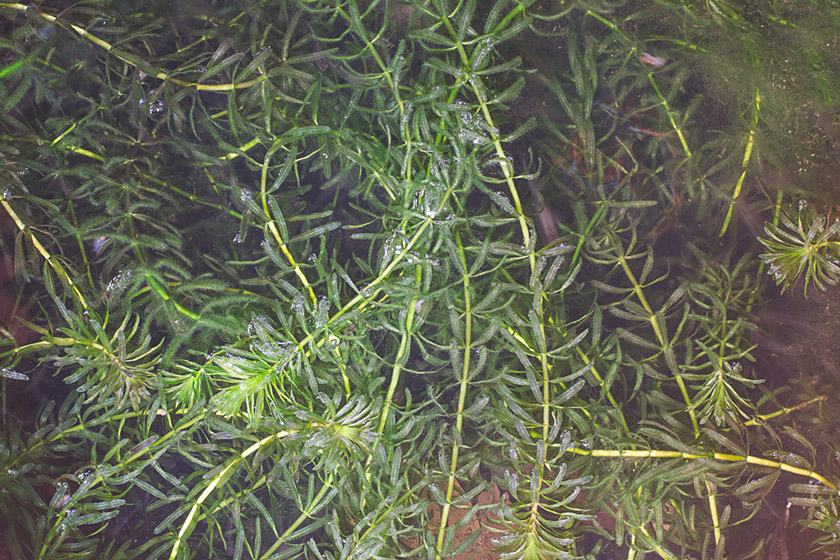
Getty: hiindy22
Cheese won't form on open water or sparse vegetation—it needs support from below and the thick hydrilla and milfoil beds common to most southern lakes and reservoirs offer ideal habitat. When this vegetation tops out, it mats over to form a canopy, which blocks sunlight, kills the stalks below and leaves shady caverns for fish to inhabit.
Add to this the slimy overcoat with its insect buffet and a good mat offers not only visual appeal, but also an audible clues. Experienced anglers will actually listen for the sound of bluegill popping and slurping insects before making a cast.
No feeding—no need to burn daylight. However, when the mat sounds like kids popping bubble wrap, it's go time.
Find the Sweet Spots
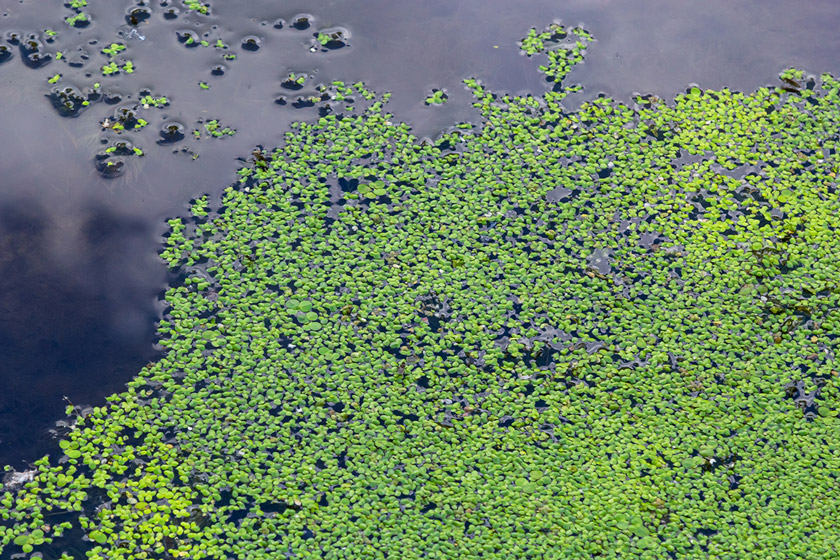
Getty: Oleg Marchak
With normal weather patterns, all mats will have cheese at some point. It typically starts in the shallow water and moves out, as the grass in meager depths mats first. By fall, the well established mats are fairly wind resistant, but those settled in leeward coves and pockets usually present the most consistent cheese coating.
In open areas, big winds from the inevitable fall cold fronts will push mats around and disrupt the looser cheese areas. Also, as fall starts to tatter the edges of grass mats, the cheese coating will recede inward. Areas with substantial cheese are your obvious starting points.
On each mat, consider how points, blown-in hyacinth or duckweed, emergent laydowns and anything different might position bass. Intersections of mats with varying densities—visible by different cheese tones—create seams that bass often favor.
What They Like
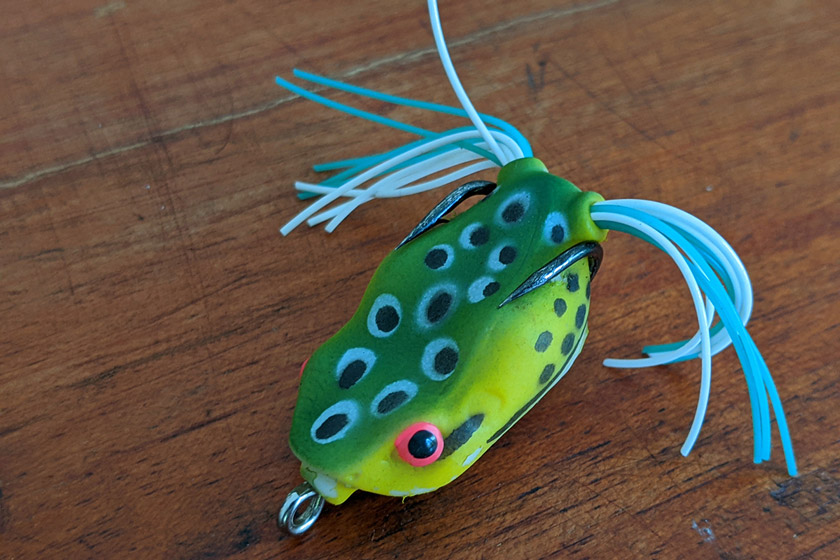
Getty: Ahmad Firmansyah
While there are several ways to catch fall bass (think: schooling), nothing beats a topwater frog. Typically, we'd stress a traditional narrow nose frog for easier navigation over/through vegetation, but since the bait will essentially slide across the cheese, a popper works too.
With either style, consider a few frog modifications:
Loud and Heavy: It's hard enough for bass to spot a frog through matted vegetation, but with a cheese topping, it's virtually impossible. What the bass see is the impression of something moving overhead.
Adding BBs, shotgun pellets or weights made of tungsten or lead to the frog (insert through the leg holes) makes a deeper impression. Plus, these additions add an aggressive sound that may also help a fish locate your bait.
Shorter Is Better: Again, with visibility obscured, bass simply attack a general area. Leaving your frog's legs full length really isn't necessary over a cheese mat, as it's more of a slide than a walk. Also, the longer the profile, the greater the chance of a fish getting only the legs and missing the hooks.
Trimming those fringy legs helps, but if fish consistently miss your frog, removing them entirely shrinks the overall target size and increases your chance of connection.
Go Below: If the frog bite fizzles, or if you're getting a lot of bites right at the edge of the mat, flip or punch a beaver style bait into the shadow realm. Also, if you miss a fish that doesn't respond to follow up frog casts through the impact zone, that subsurface bait suddenly falling in front of their face often closes the deal.
Strategy Points
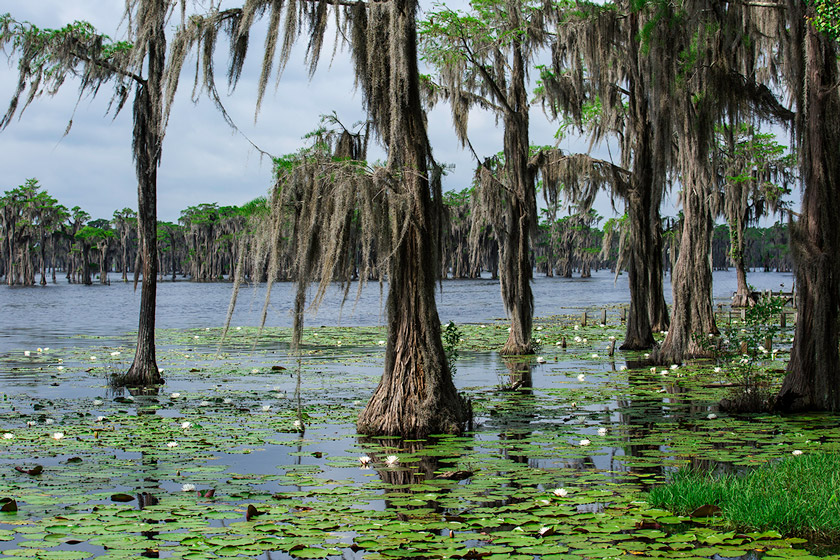
Getty: SSI-DUKE
"Find your own fish"—it's a phrase frequently tossed at hole-jumping water bandits; but the negative implications go out the window for cheese mat efforts. True, you don't want to squeeze another angler when they're working a spot, but taking cues from the evidence of recent success—now that's just smart fishing.
Frog tracks—lines cut through the cheese by previous frogging efforts—can tell you how much attention a cheese mat has received. Definitely worth considering, but a bunch of tracks that make it all the way to the mat's edge offer far less encouragement than evidence of violent interception.
Specifically, that means looking for blow-up holes and "wallow paths." The former means what it sounds like it means—the point of frog assault, while the latter is a more lengthy disturbance of cheese coating caused by a big fish thrashing its way to the boat.
Whatever it was holding fish near these attack spots will surely attract more, so there's zero shame in fishing behind someone else. Doing so often rewards you with the opportunity to get your hands on a big one long enough to pull out the cell phone camera and say (forgive me) "cheese."
